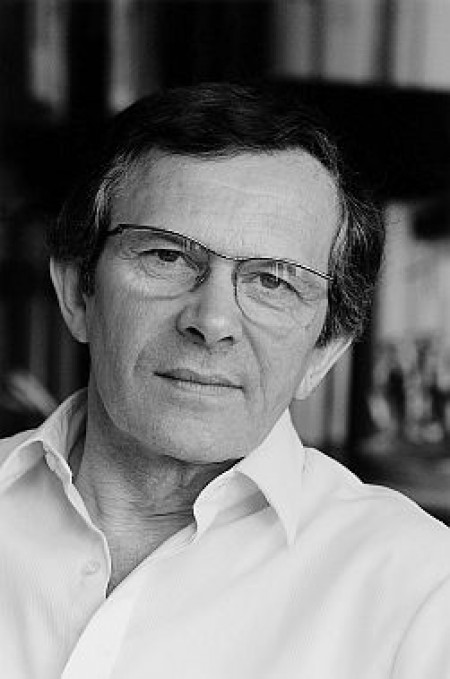
11 August 1939, Balatonfűzfő - 14 September 1999, Budapest
Attila Bozay was a composer and a teacher of composition. The young man, who was blessed with a talent that developed early, became a student in the composition department of the Music Academy at eighteen, an unusually early age. He was Ferenc Farkas' pupil at the Academy between 1957 and 1962, and gained his composer's diploma at the age of twenty-three. As with many creative artists who were given only a short lifespan, his career was characterised by an extremely tight, concentrated creative programme. His relations with the Music Academy are a mirror image of these early results: seventeen years after finishing his studies there, he was appointed to teach composition, the subject requiring the greatest maturity. From 1979 till 1999, for twenty years, he undertook the professional preparation of the new generation of composers. To mention just a few of the composers he taught: Gyula Faragó, Endre Olsvai, Béla Bánkövi, Barnabás Horváth, Gyula Fekete.
Bozay referred to the he works created in 1953 as the beginning of his career as a composer, and regarded the steady output during the four and a half decades that followed as the valid result of his life's work. His talent and his creations cannot be categorised within the boundaries of a single stylistic endeavour. As the youngest representative of the generation of composers borne in the thirties, his career began in the sixties, by which time stylistic orientation had become a little freer, and the outlook gradually broadened: the possibilities that these opened up were far from easy. Bozay's early career matured along the difficult path of orientating himself in the wide-ranging new musical material coming into the country, and the evaluating-selecting decisions he had to make. Nonetheless, his path was, "despite all the detours, straight". However, the unbroken creative changes were an organic part of his development, whose main endeavours can be defined in four periods of creative work. In the decade following the first, youthful set of works (1953-1957), Bozay concentrated on acquiring the employment of the most diverse genres and ensembles (1958-1968), while from a stylistic point of view he fought an internal battle between neoclassicism and dodecaphony. Following this, under the influence of his Paris experiences (1969-1979), he was occupied by the possibilities of the musical linguistic-technical constructivist outlook, in a so-called structural-neoclassical period. Even at that time, however, he preserved the main features of his personality and his endeavours to adapt to the Hungarian musical traditions (for example, in the compositions in which the zither and the pipe are involved, keeping the characteristics of national music).
Bozay reached the final point of his structuralist experiments at the end of the seventies, with the set of works marked Op.30, when continuing them in a consequent way would have required him to move on towards the electronic and mathematical concepts. What "prevented" him from moving on in this direction, signalling a restricted perspective, was a masterpiece of Hungarian literature, Vörösmarty's Csongor and Tünde (Csongor és Tünde), whose text and theme practically "demanded" a freer interpretation of the musical concept. Thanks to this meeting, Bozay virtually discovered a new identity: in his opera he worked out a new, ten-note tonal system, whose use was decisive also in the instrumental works he composed in the next few years. It was in this tonal system that the sonatas requiring various arrangements of instruments, and the drama adaptation based on The tragedy of man (Az ember tragédiája) (Translator's note: classic Hungarian drama by Imre Madách), The last five scenes (Az utolsó öt szín), the swan-song of his life's work, were composed.
Bozay regarded the new opera, completed as a present to himself for his sixtieth birthday, as a mature achievement in his life's work, providing security. However, he was occupied by further plans: he wanted to compose a Weöres oratorio, "the fresco of the 20th century", and the continuation of the series, Religious songs. He characterised his complete life's work with the triple principle of his ars poetica: "authenticity, depth and beauty" along the "triple path" already conquered by Prince Csongor.
M. B.


